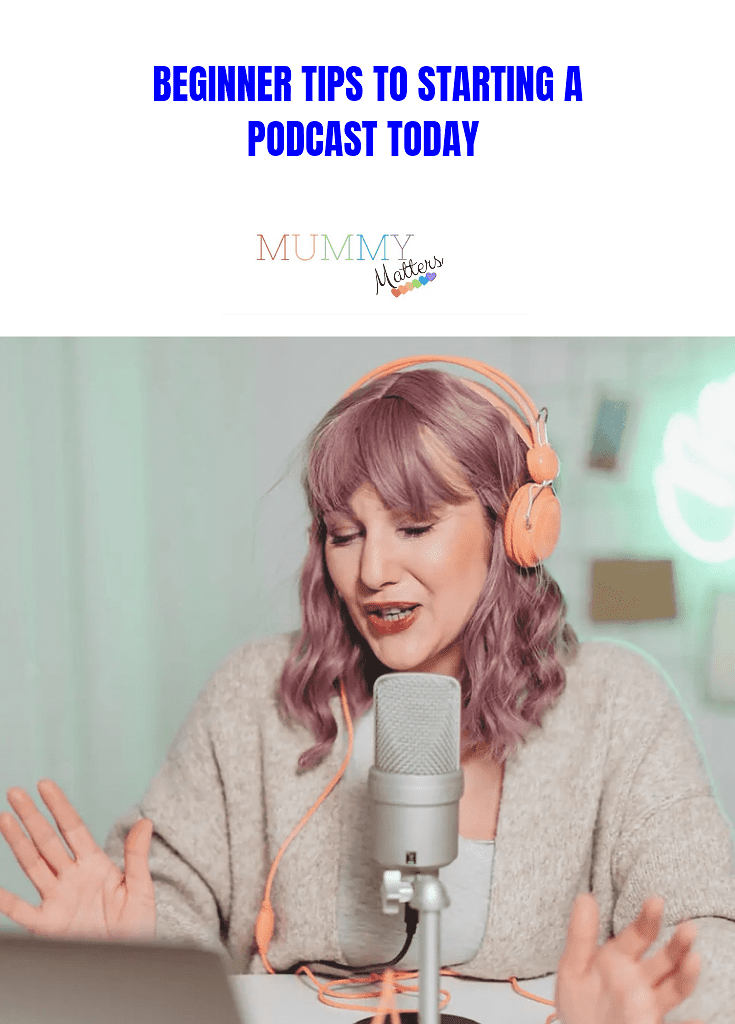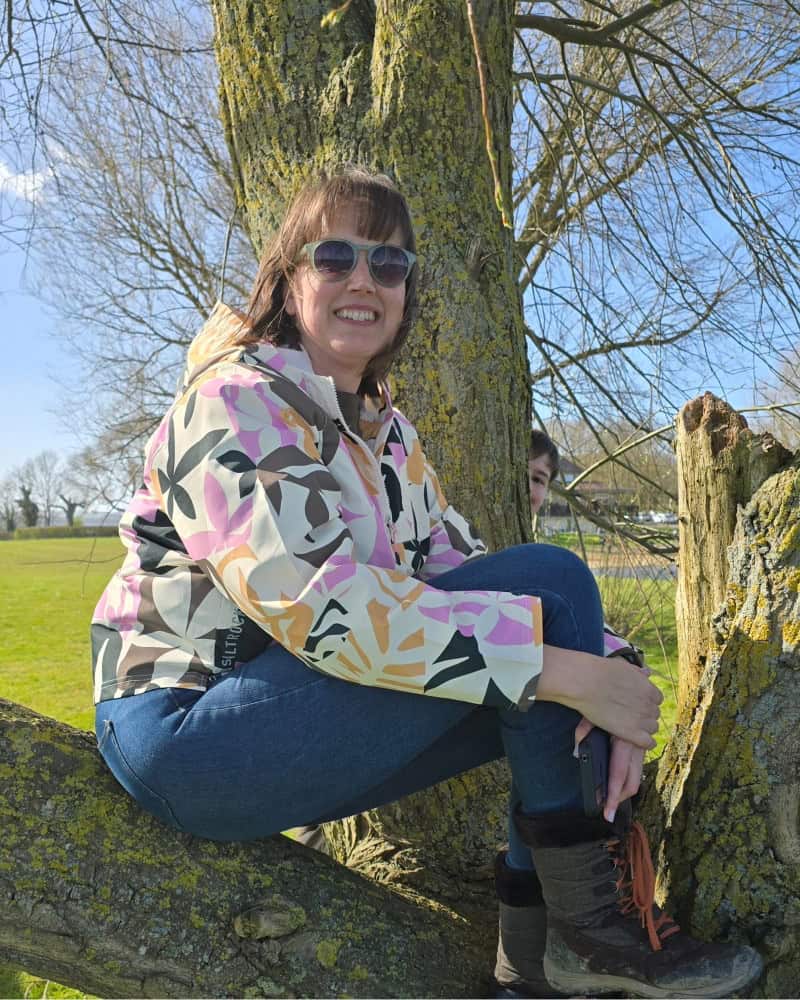The widespread use of mobile devices and evolving content consumption patterns create a significant opportunity for podcast growth.
Tech companies like Spotify and Apple that specialise in audio and other original content have been making significant investments in podcasts.
Since it’s uncommon to find something that can keep your attention for more than 30 minutes, podcasts encourage deeper engagement.
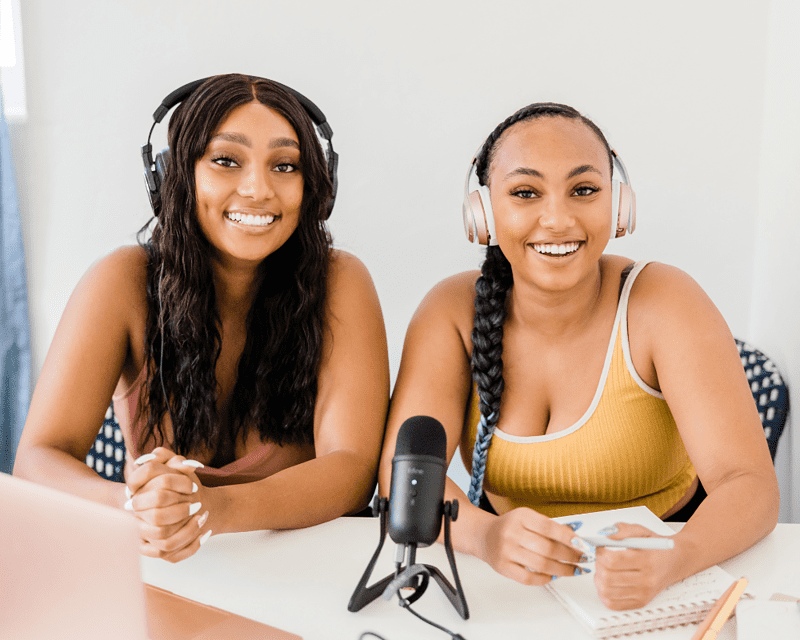
Additionally, they are possibilities for multitasking because you can listen to a podcast while cooking or driving. Not true of blog entries or any other type of visual information.
Starting your podcast has several benefits when done properly, including new listeners, reduced competition, and closer relationships with them.
Getting started takes less time than you may imagine. Here is everything a novice needs to produce a fantastic podcast.
Invest in the Right Podcasting Gear
A high-quality podcast requires high-quality gear. You only need your phone and an Amazon lavalier microphone to record a podcast now that services like Anchor and Podcastle exist. However, if you want to develop your podcast into a tool for earning money,
Spend enough money to produce a high-quality podcast, then see if listeners enjoy it before moving forward.
Buy a Good Quality Microphone
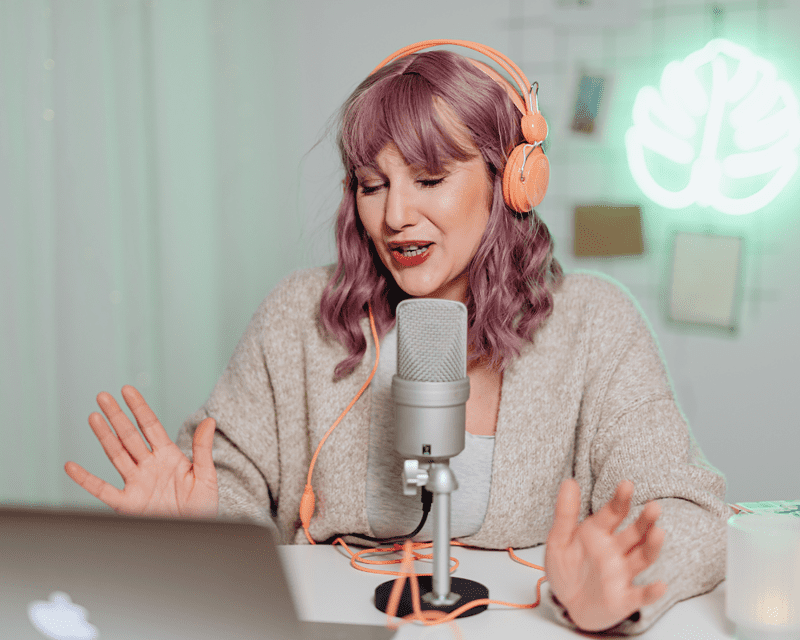
A microphone is the start and the finish of audio quality. Your podcast will sound sharper the better microphone you buy. And when a person chooses to listen to podcasts from powerhouses like WNYC, NPR, and ESPN, the audio quality is unmatched.
Fortunately, purchasing a decent microphone won’t break the bank. Invest in a dynamic front-firing microphone with good rejection. It captures your voice clearly without picking up any unwanted background noise.
Recording, Uploading, and Promoting
There are a few things you need to do to get ready for your podcast before you hit the record button.
What will your podcast look like in terms of format?
What will your podcast cover in terms of content?
Planning ahead by deciding what you’re going to say and creating an outline for your recording is your best option for a podcast that sounds organised and professional. You don’t have to plan everything out in advance. Simply have a road map for your destination and the topics you want to cover.
These suggestion by Wired Clip will set your podcast in the right direction.
30 to 60 seconds: Introduce yourself (who you are and what you’ll be talking about).
30 to 60 seconds of intro music (repeat for each show so listeners may associate the jingle with your programme).
Temp. 1: 3 min.
3 minutes for topic 2
30-second musical or other intermissions
3 minutes for topic 3
4 minutes for the topic
Final words (thank the audience, thank the guests, and discuss the next performance): 2 minutes
30 to 60 seconds of closing music (we advise using the same jingle as the intro music).
The Ideal Everything for Podcasts
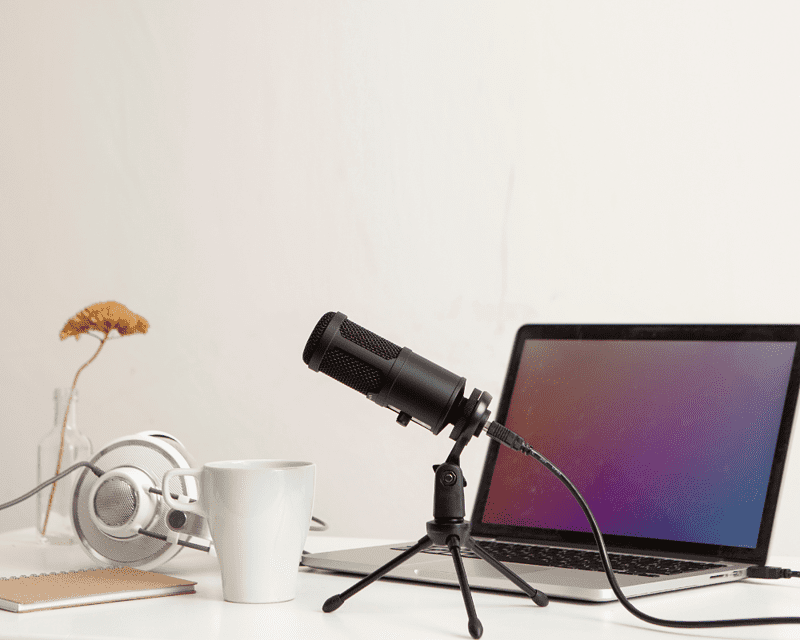
We enjoy discovering the ideal duration and frequency for various content types, and podcasting is no different. There isn’t as much podcast research, so I am listing what Wire Clip suggests.
The ideal length of a podcast: is 22 minutes
According to Stitcher, a website for streaming radio and podcasts, the typical listener logs on for 22 minutes. Additionally, this number is supported by research on attention spans. Because scientists believe humans can’t sustain our attention on a single presenter for more than 18 minutes, TED Talks are limited to that time.
Best day to post a podcast: Tuesday
Best frequency to post a podcast: Weekly
Forty per cent of the Top 25 podcasts with a regular posting schedule publish once per week. . Two times each week is the next most typical frequency. Only three of the Top 25 podcasts lacked a clearly defined posting schedule. It would appear that some rhythm in publishing is preferred to none.
Wrapping Up
By using a podcast, you can reach a larger audience than you could by using just your blog.
People who listen to podcasts more frequently than they read blogs are on the rise. According to a recent survey, 33% of Americans have downloaded at least one podcast.
That is a sizable number of people who listen to podcasts. Therefore, with these tips and tricks, you can leverage these advantages.
